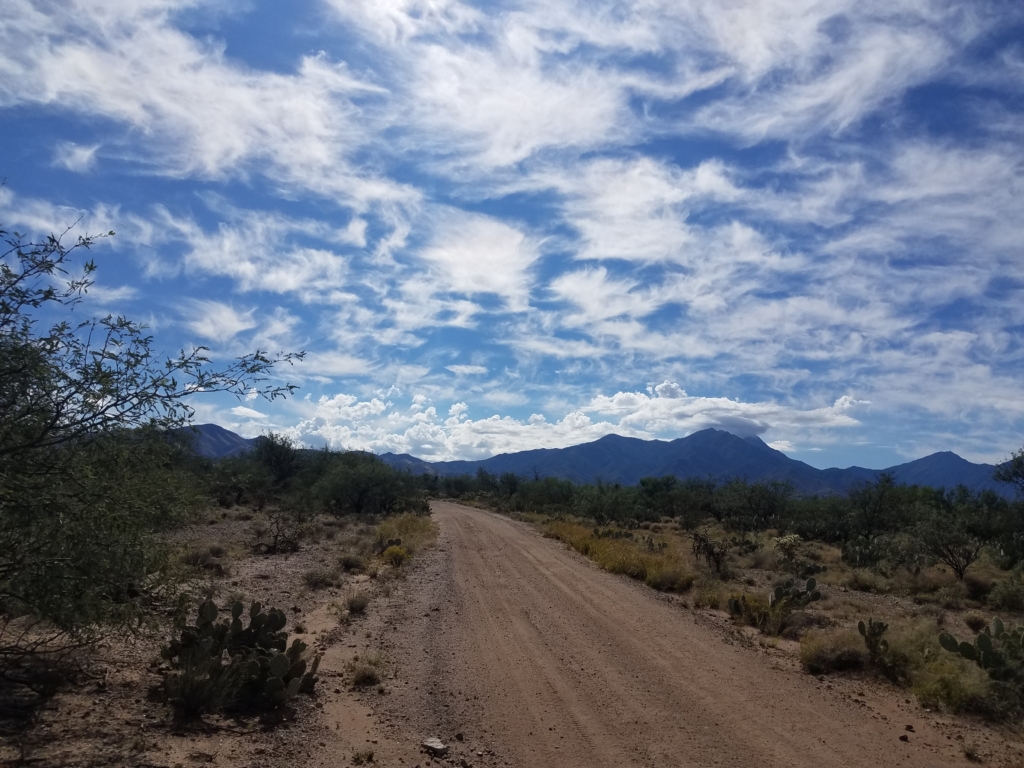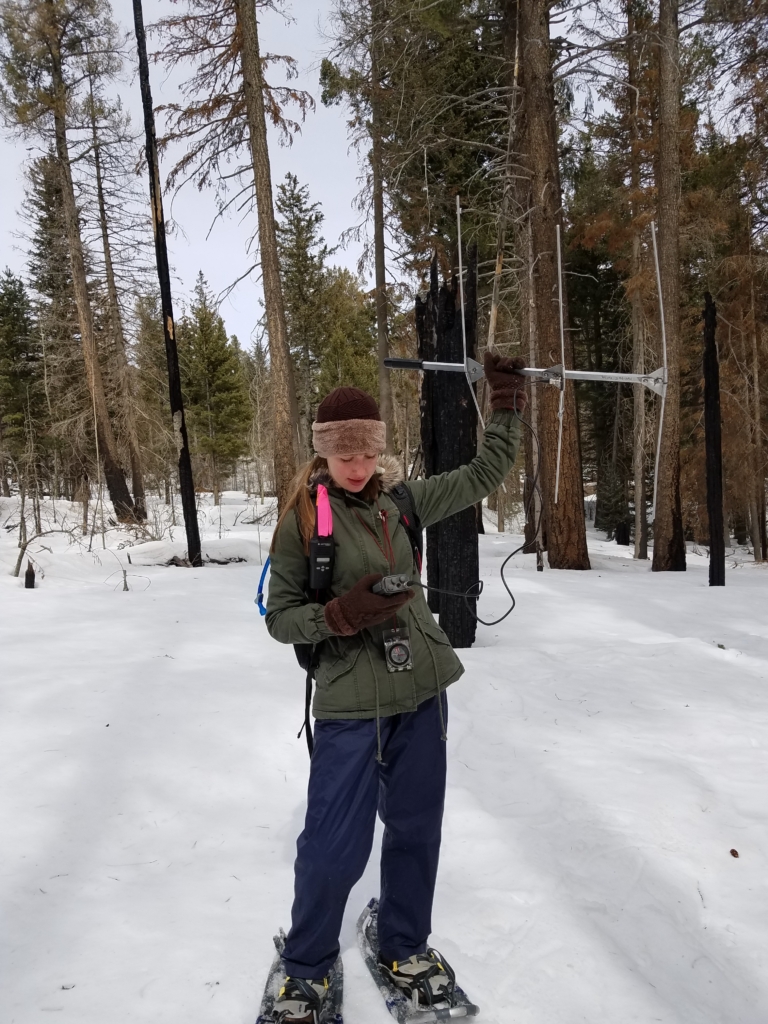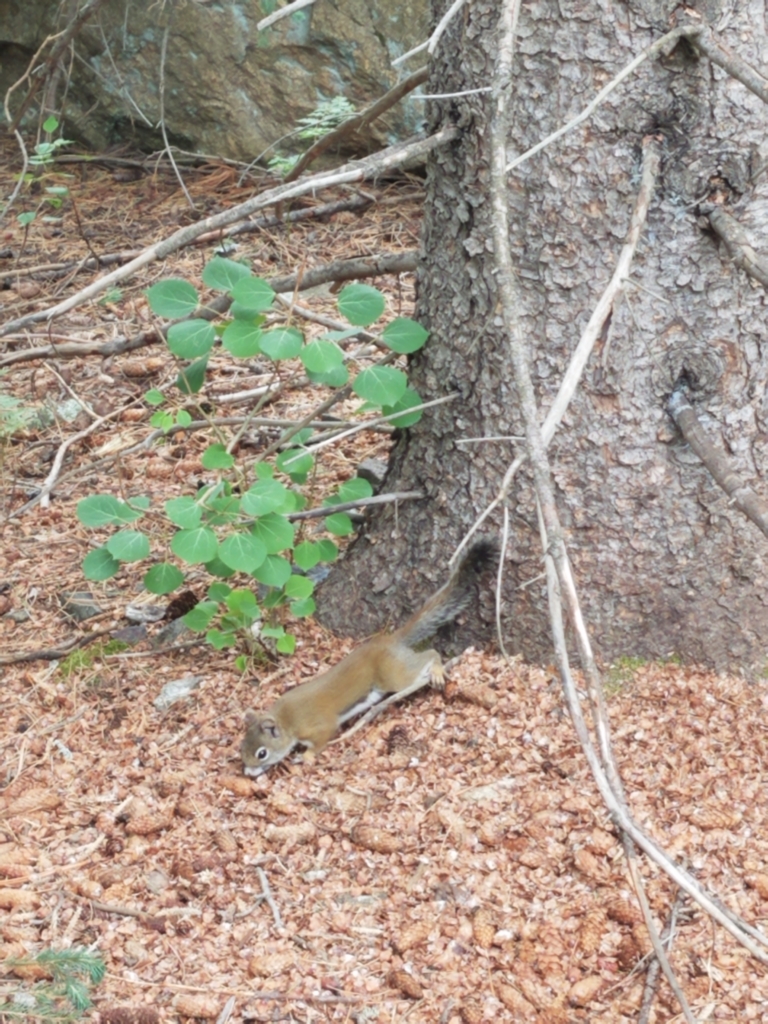
Many undergraduates, once they enter their sophomore or junior year, start working in a professor’s lab as research assistants. They typically help the professor or his graduate students with whatever work needs to get done on their respective projects. Some undergraduates even develop their own small research project. In the fall of 2018, I decided to do the same and started working in the lab of Dr. John Koprowski (Conservation Research Laboratory), former director of the School of Natural Resources and the Environment at the University of Arizona. Though I didn’t start with my own research, I helped as a field and data analyst assistant for which I received credit. Once a month on the weekends, I aided with fieldwork in the Santa Rita Experimental Range involving telemetry tracking, setting cameras, and live trapping of Harris’ antelope squirrels. Then during the weekdays between or after classes, I went through thousands of camera trap videos and noted various factors such as date, time, number of individuals, age, sex, behavior, interaction with conspecifics or other species, and anything else worth noting. I came to realize how even though the work is a small part of the overall picture, it’s still incredibly useful for opening other doors. These may include qualifying for an internship, finding an opportunity for one’s own research project, or even getting into graduate school. Additionally, it’s a great chance to learn various skills. I got better at radio tracking animals, learned about safely handling small mammals, and practiced my rodent identification skills day in and out as I went through video after video.

In 2019 I also started helping with the Mt. Graham red squirrel (MGRS) project. This subspecies of red squirrel is endangered and found only on Mt. Graham, located in the Pinaleño Mountains. Mt. Graham is the highest peak of southern Arizona’s “sky islands,” a term that describes isolated mountains containing species not found anywhere else. The climate and species composition at the top are radically different from the lowlands. The MGRS population has been affected by a number of factors over the years. Monitoring of the species began in 1989 when an International Observatory and its access road were constructed on one of the highest peaks of the mountain in the 1990’s (Arizona has phenomenal opportunities for aspiring astronomers). Because the University of Arizona helped fund the observatory, it is now responsible for helping with monitoring efforts of the endangered squirrels. This is where the Koprowski lab comes in. The group keeps track of the MGRS population within 300 meters of the access road and observatory, conducts a quarterly census, and obtains annual estimates of food availability (mushrooms and conifer seeds). These results are compared every year to two non-construction, control areas. Not to mention the squirrels have been affected by numerous other factors. For example, there was a lightning-caused fire in 2017 that burned over 19,400 hectares, including critical habitat designated by the U.S. Fish and Wildlife Service for the squirrel. Population numbers drastically declined after this event. Thus, several weekends I headed up with one or more members of the lab group to collect telemetry data points on radio collared squirrels near camp. Multiple points were taken per animal, each spaced at least an hour apart. This data is used to obtain an estimate of home range for each individual and keep an eye on the population’s status. Though it could be cold and call for long days, trudging through the snow wearing snow shoes, a heavy backpack, and telemetry gear was completely worth it. There’s nothing more satisfying than knowing one is helping to save one of the most underappreciated animals on the planet. Plus lodging was quite nice with heated cabins and a kitchen! More about the MGRS project can be found here in addition to a timeline of the program’s history.

Side note: I ended up conducting my own paid research on Mt. Graham through the University of Arizona’s Undergraduate Biology Research Program in the summer of 2019. See my post here.